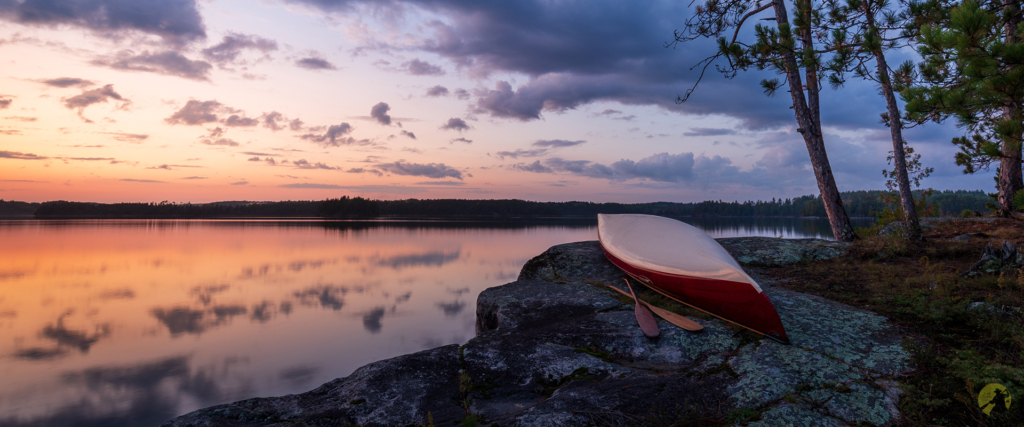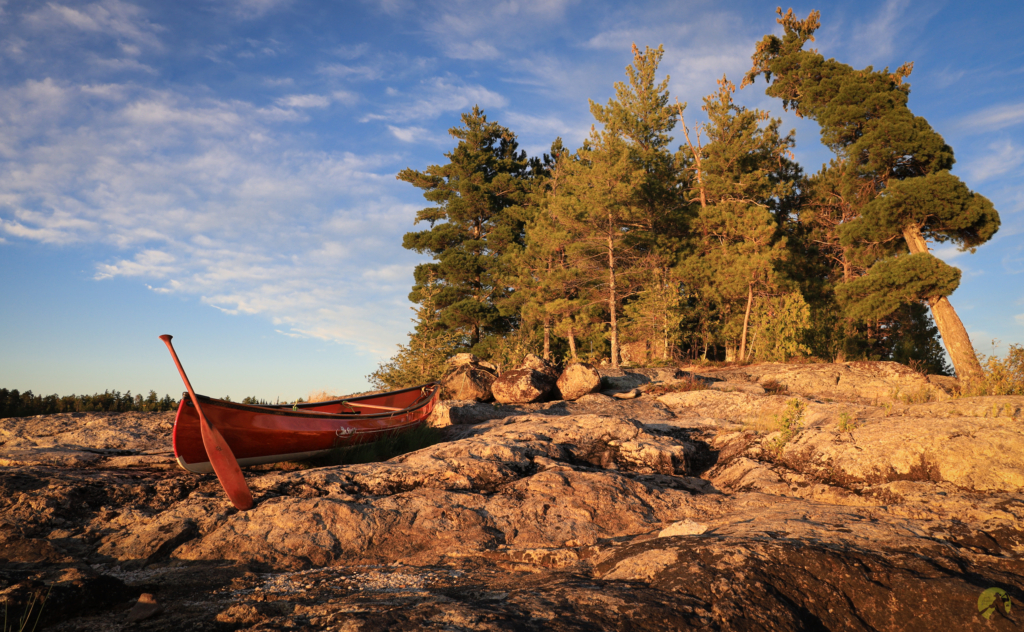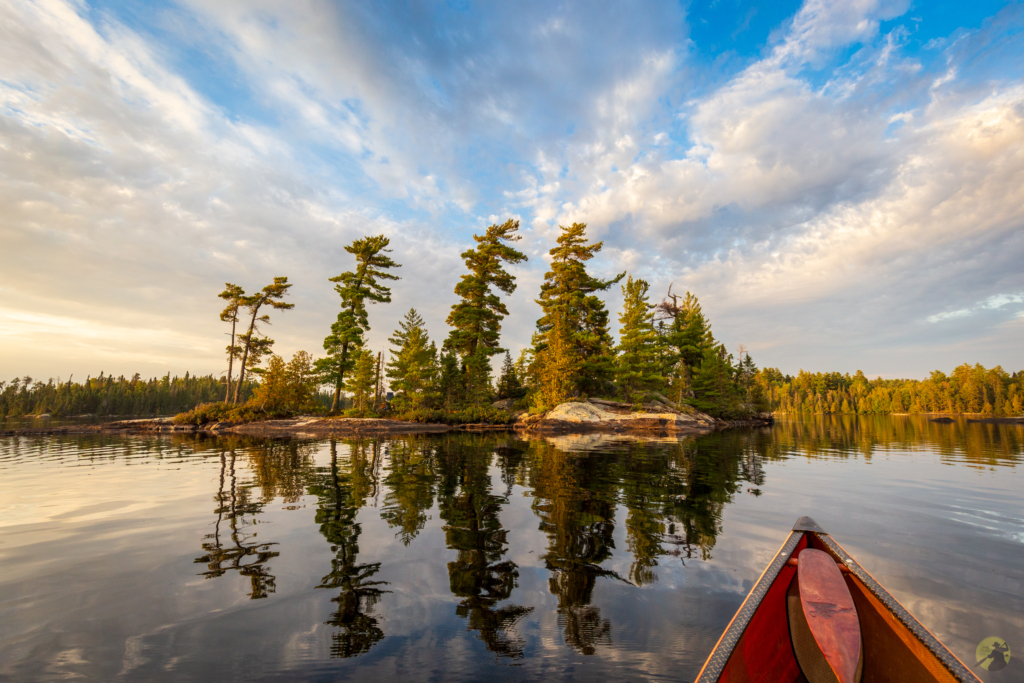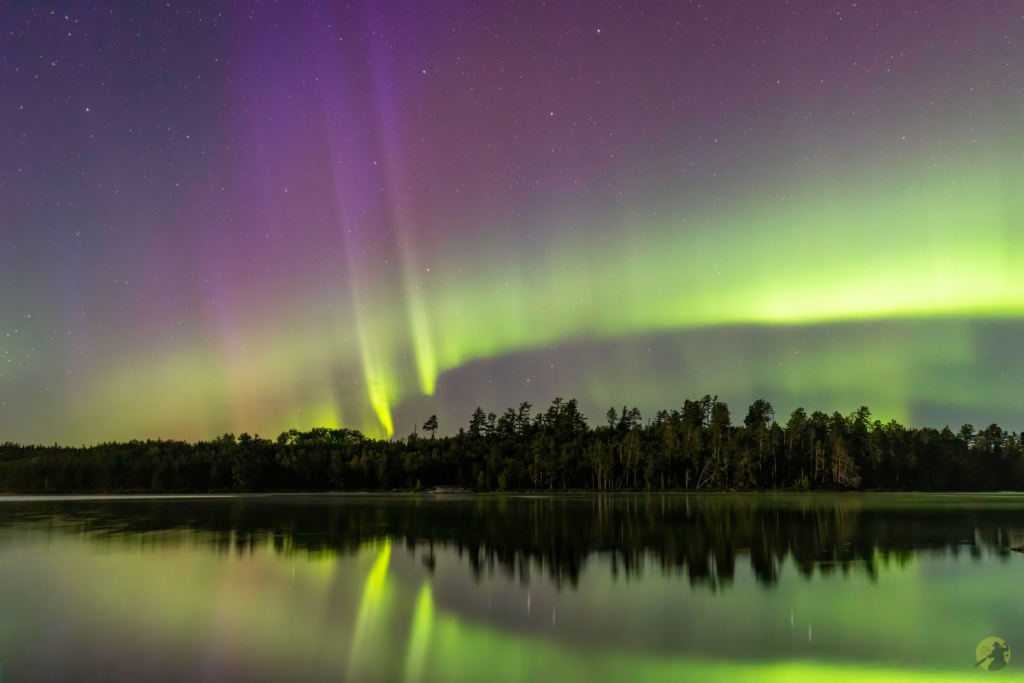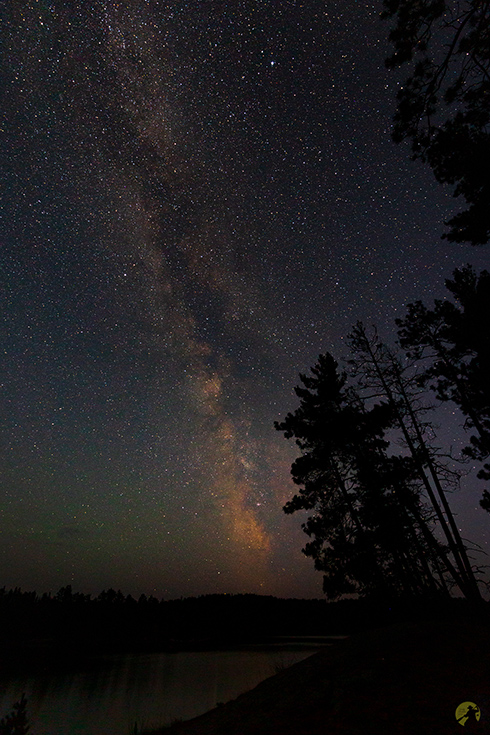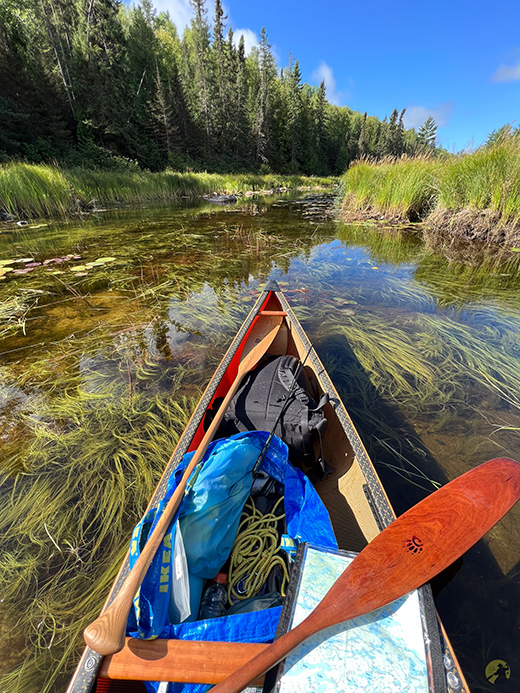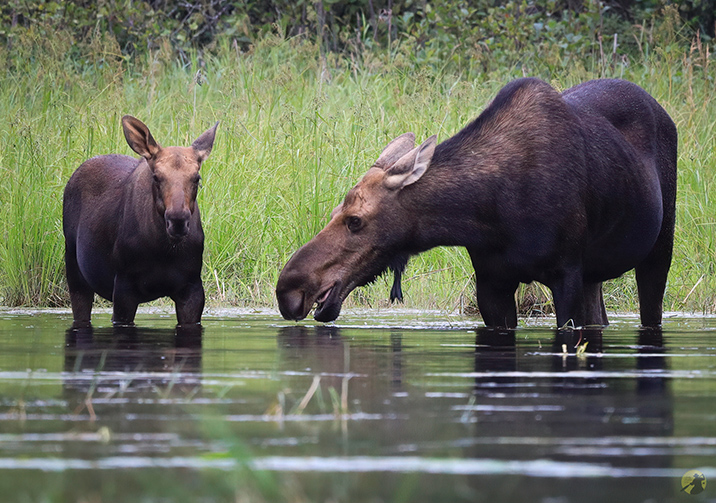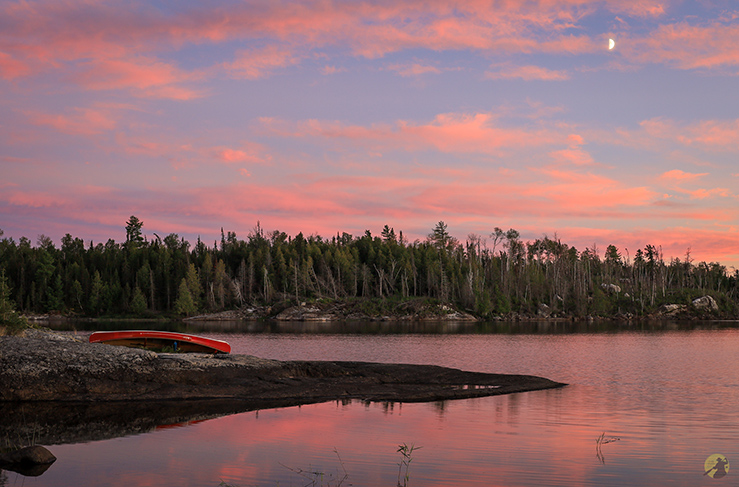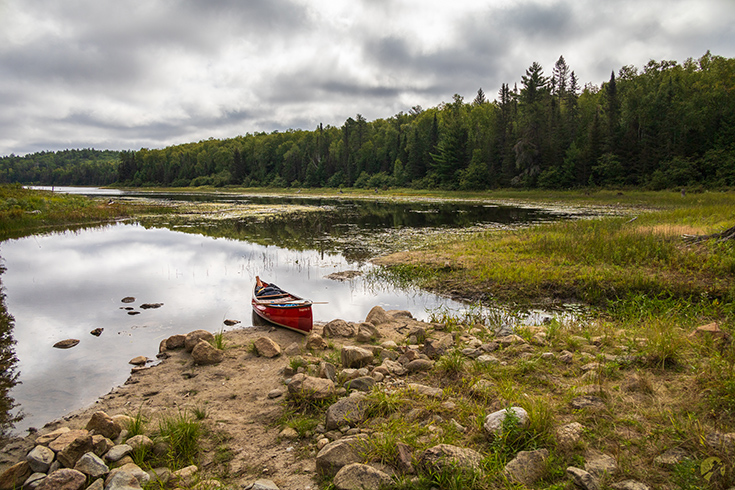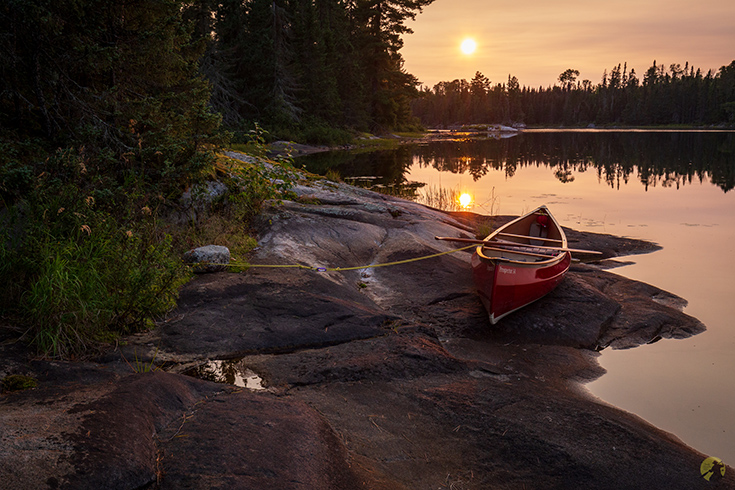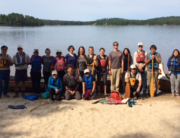By Ron Breault, aka @SwiftyPaddler
For many years I didn’t own a canoe to call my own, but instead rented or borrowed a neighbour’s. It wasn’t until the year 2001 that I purchased my first canoe. It was made by Swift Canoes and the model name was “Quetico”. And so began a decades long interest in this huge park of over one million square acres.
When my canoe first came home, I didn’t know very much about Quetico. I had some vague sense of it as a distant Provincial Park, but little more. Over time, as I tripped with my new canoe, people assumed it came from Quetico based on the model name stencilled on the bow. As a result, I was often on the receiving end of many comments about the park and peoples’ memories of it.
“That place is huge”, or “I saw more wildlife in Quetico than anywhere else I’ve been”, and “It’s very quiet” were the kinds of things I heard. Often people expressed a longing to go back “one day”, and seemed to hold the park in particular reverence. While I was content to paddle to the many lakes and Provincial Parks close to my home, there was this little voice in my head that often whispered “Quetico, Quetico!” As the years moved on, that little voice grew louder and more insistent. In early 2020 I decided that it was time for a life change and a shift in priorities. Rather than traveling the world on business and spending my time “paddling a keyboard”, I made plans to invest in myself, start a small business in photography, and finally take a canoe trip in Quetico to see it for myself.
Right from the first day I arrived in the park, I started to notice ways in which Quetico was different. These differences ranged from the mandatory backcountry orientation and rules review with park staff, to the flexibility you’re accorded in route planning, to the unmarked campsites and portages. In some ways, heading into Quetico backcountry felt a bit like heading back in time.
I also remember noticing something that first night in the park that was striking, the Milky Way! Stars shine brighter in Quetico than in most parks I visit. Thanks to efforts by park staff, Quetico is officially designated as an “International Dark Sky Park” by the International Dark-Sky Association. It’s said that the light levels in the park at night are what you’d expect to see if you had visited the area 200 years ago; I’d believe it.
Stars are the not only thing that harken back to an earlier time in the park. There are marks on some trees from the collection of pine sap used in making birch bark canoes, and lakes with rock walls covered in indigenous pictographs. Ancestors of the Anishinaabe people painted those rocks, and their descendants still call Quetico home, actively partnering with park staff in its management.
Other differences in Quetico I noticed were more subtle, but every bit as important: fewer people; clarity of water; and an incredible abundance of fish and wildlife. On my first day alone I saw two Moose, a Beaver maintaining a dam, several curious River Otters, and more Bald Eagles than I cared to count.
A healthy park like this, especially one so large, is obviously no accident. Rules and regulations help, but people make the difference. I’ve been to Quetico three years in a row now and I’ve met people who work there. There is a passion and a pride for this park that seems rare to me. You see it in the eyes of the park staff that greet you upon arrival; you hear it in the voices of the workers who maintain the portages, and those that patrol the park; you can even pick it up off the shelves of the library in the main park building, whose books celebrate Quetico’s history and its heroes of days past.
While I discovered it late in my life, I’ve come to understand just what a treasure we have in Quetico, and how important it is to preserve it for future generations. Everyone should have the opportunity to experience the sounds of Loons at night without motor boats drowning them out, or enjoy fresh water from a stream without fear of contamination from mine tailings or chemicals used in clear cutting.
As a photographer, I enjoy capturing and sharing images of Quetico which I hope will inspire others to visit the park and learn of its riches as I have; it’s what brings me back. The more people that visit and appreciate Quetico, the more pressure and resources there will be to see it continue to be protected now and into the future!

